Many of our customers are based in Japan, making it a crucial market for us. We have signed contract rates with carriers like COSCO, OOCL, APL, EMC, MSK, and HMM. These partnerships enable us to offer competitive freight rates for shipping from China to any port in Japan.
With Top China Forwarder as your partner, shipping goods from China to Japan becomes much easier. Just leave your goods with us, and we will handle the rest. Top China Forwarder aims to be your best freight forwarder from China to Japan. Ask for a better quote now.
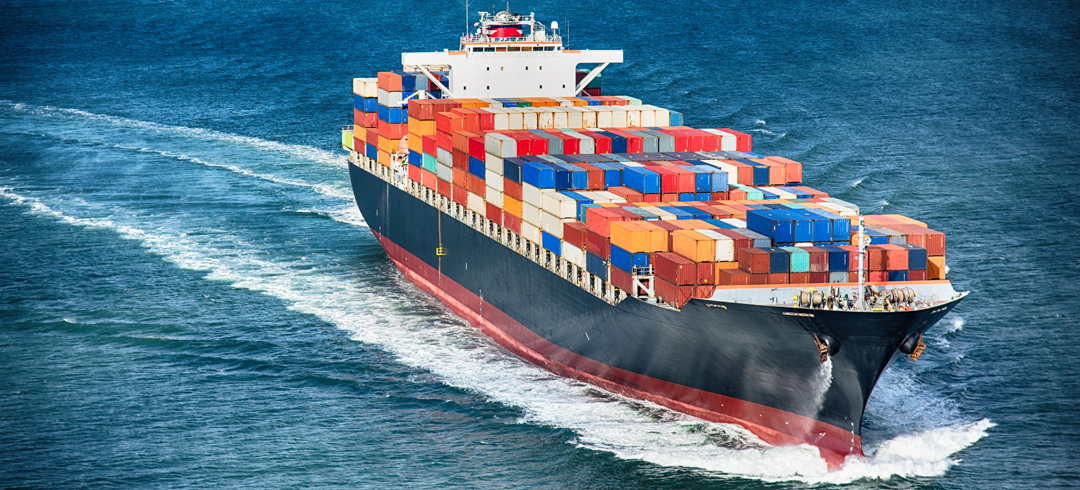
We provide competitive ocean freight rates and the best shipping solutions based on your required transit time when shipping from China to a port in Japan, especially inland ports.
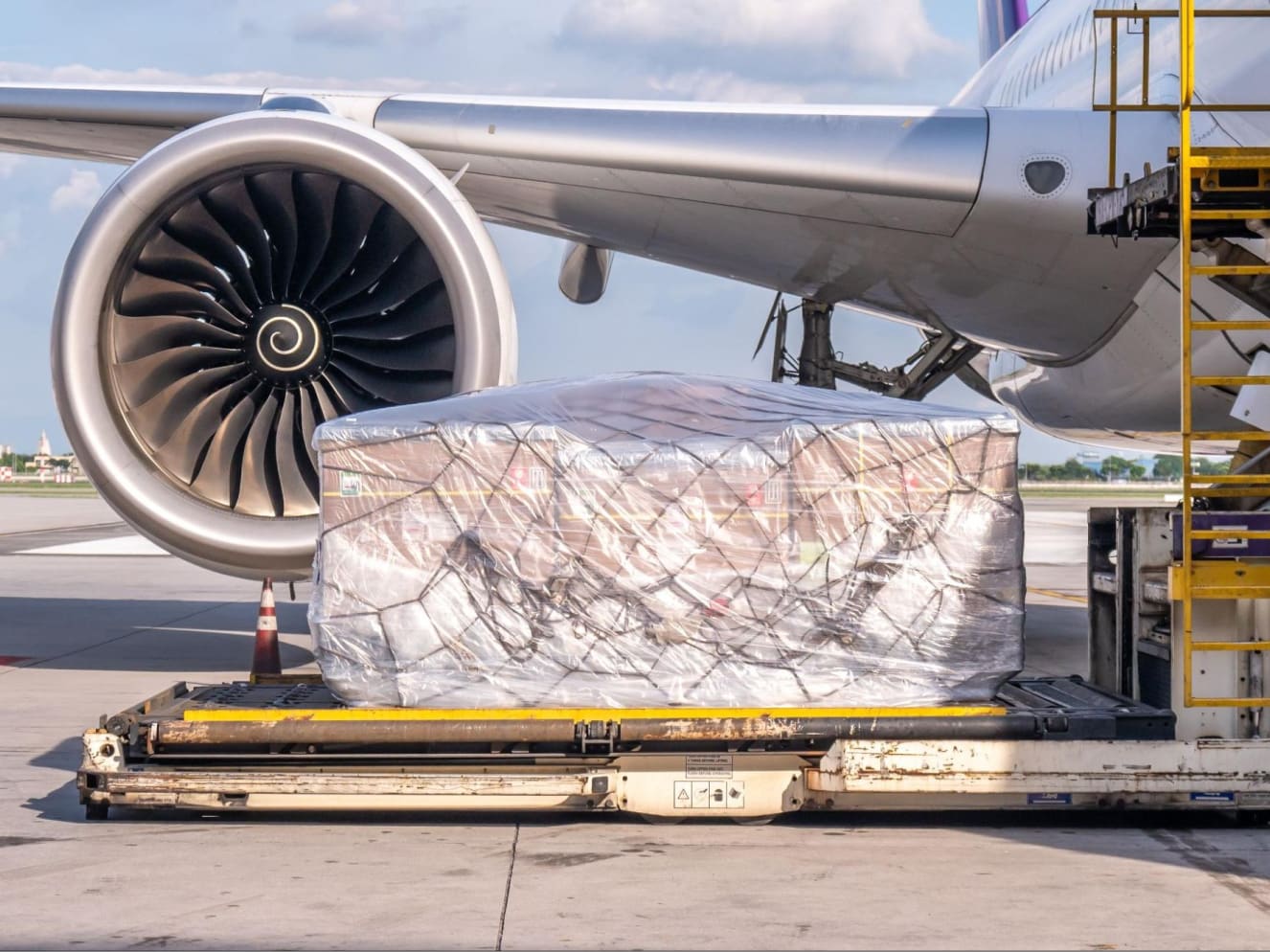
We choose the most reasonable airline for your shipment based on your time requirements. Top China Forwarder is your best solution for air freight from China to Japan.
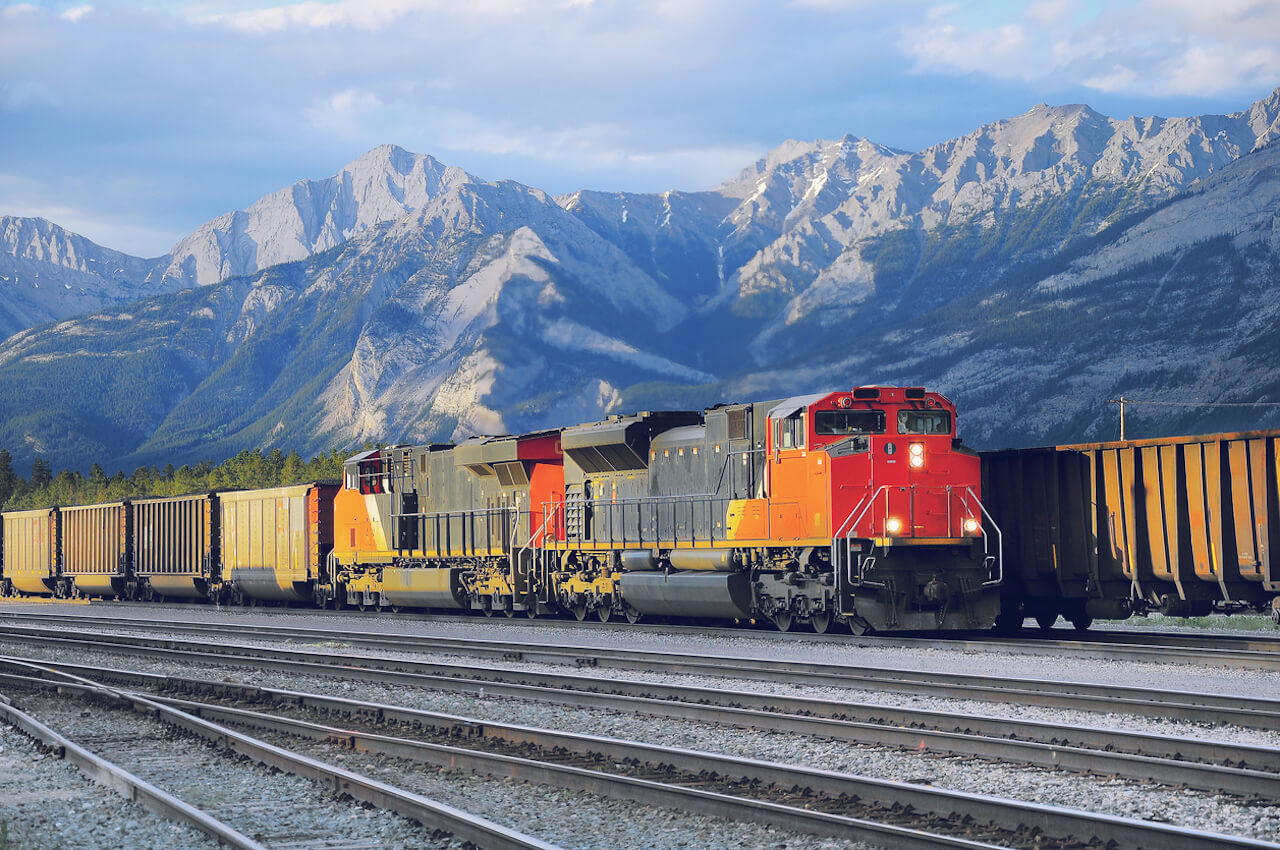
Whether for personal or business needs, we offer door-to-door shipping services, including customs clearance in Japan.
We have contract rates with carriers that reduce your shipping costs. If you choose FCL (Full Container Load) to ship your goods to Japan, Top China Forwarder is your best logistics partner.
Besides competitive ocean freight rates, Top China Forwarder provides the best service at the destination port. Our LCL (Less than Container Load) shipping ensures efficient and cost-effective transportation.
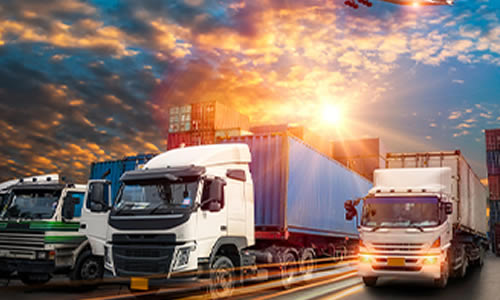
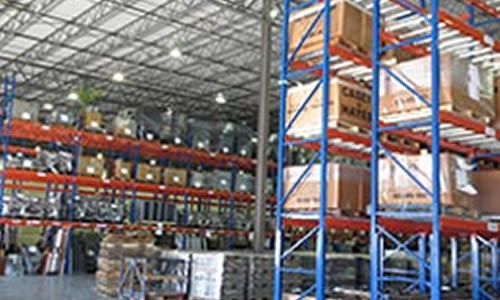
We provide free warehousing services for your goods.
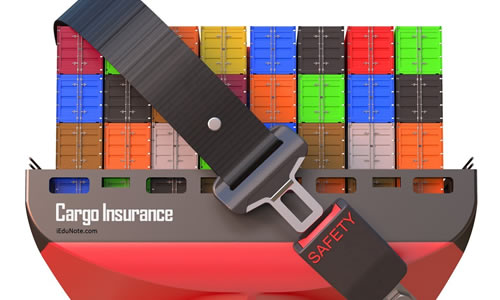
Our cargo insurance protects your goods all the way to any FBA Warehouse, providing peace of mind.
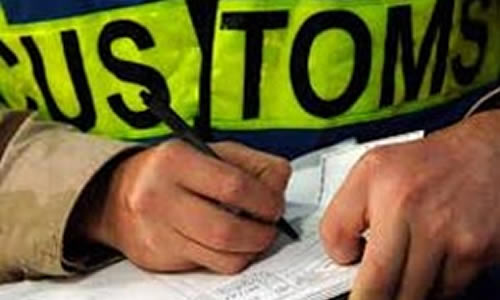
We handle all paperwork and details for smooth customs clearance.
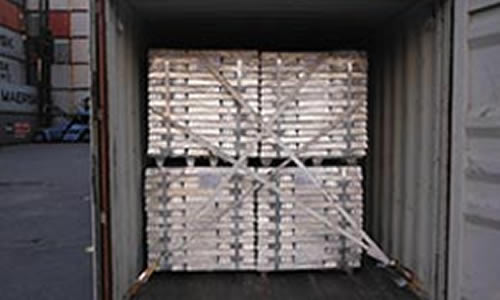
We ensure safe packaging and loading of goods at your suppliers' factories.
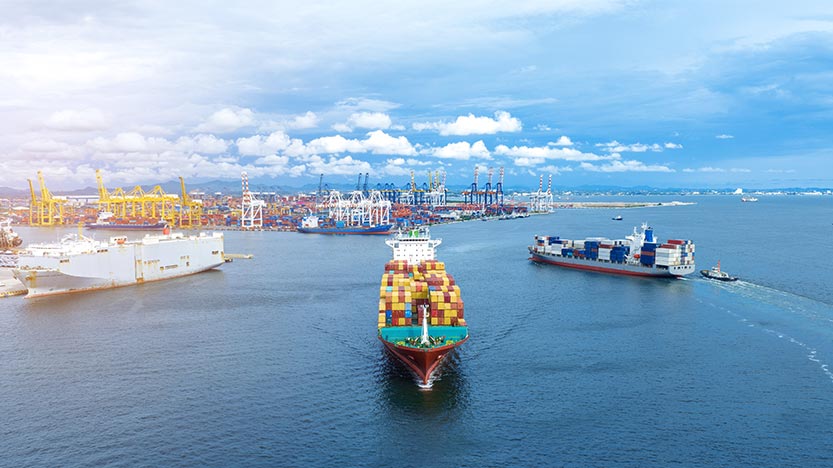
The transit time for shipping from China to Japan varies depending on the mode of transportation. Air freight is the fastest, typically taking 2 to 5 days, making it suitable for urgent shipments. Sea freight, while more economical, takes longer, usually ranging from 7 to 20 days. Factors influencing transit time include the departure and arrival ports, the shipping company's schedule, and customs clearance times at both ends. Express delivery services can further expedite the process, ensuring delivery within 1 to 3 days for critical shipments. Overall, choosing the right mode depends on the urgency and cost considerations of your shipment.
Shipping costs from China to Japan depend on various factors, including the mode of transport, weight and volume of the cargo, distance between the origin and destination, and additional services such as insurance and expedited delivery. Air freight costs are higher due to speed and convenience, typically charged per kilogram. Sea freight is cost-effective for larger shipments, charged based on container size (FCL) or cargo volume (LCL). Additional costs may include customs duties, taxes, handling fees, and insurance. To get an accurate estimate, it's advisable to obtain quotes from multiple freight forwarders and consider all associated costs.
Shipping goods from China to Japan involves several steps:
To arrange air freight from China to Japan:
Arranging sea freight from China to Japan involves the following steps:
Air shipping from China to Japan is ideal in the following scenarios:
When importing goods from China to Japan, the following tax and duty requirements apply:
Deciding between Less than Container Load (LCL) and Full Container Load (FCL) shipping depends on several factors:
Tracking your shipment from China to Japan involves several steps:
Shipping goods from China to Japan requires several essential documents:
I am a lot of satisfied with crafted by Top China Forwarder. Each shipment was finished so rapidly with no single harm to the items. Likewise, their cargo rates were overly low, and they have an exceptional client care unit.
Operations deal with the way the vehicles are operated, and the procedures set for this purpose, and policies. In the transport industry, operat ions and ownership of infrastructure can be either country.
Initially I doubted their commitment whether they’ll be able to deliver it on time but they actually delivered it two days before the commitment. The executive was also very understanding. I received my items in a perfect state! Everyone should work with them.